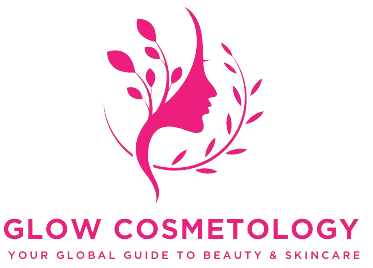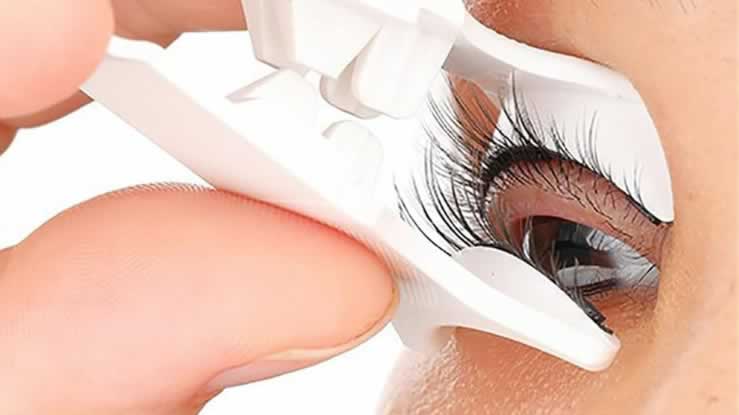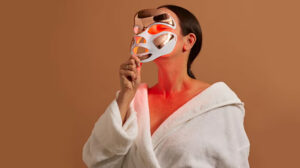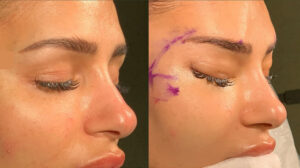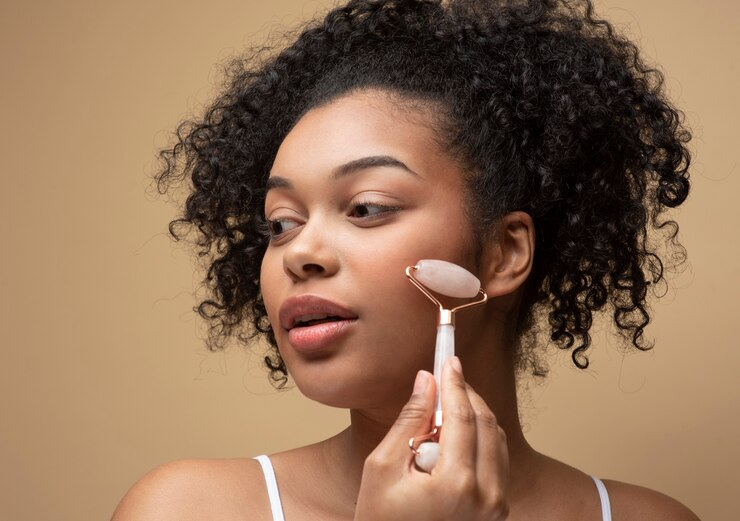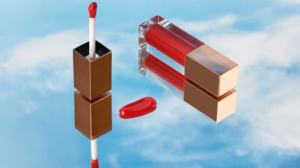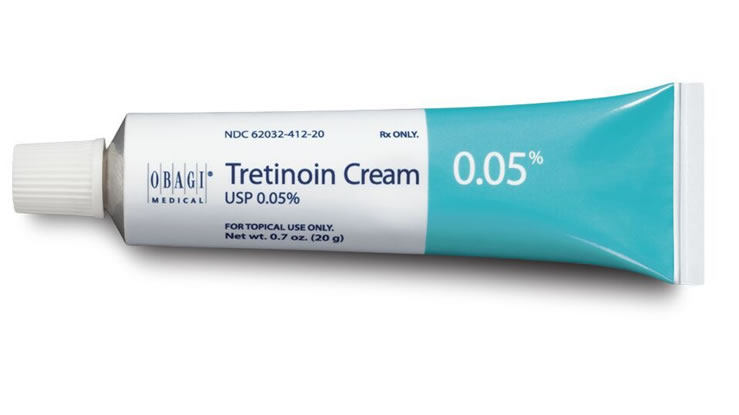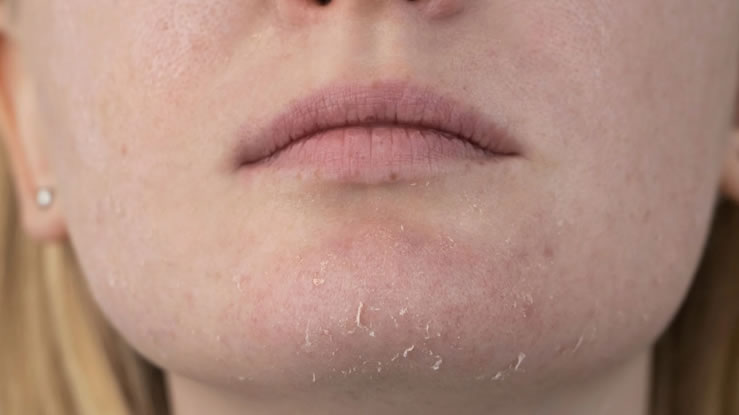Magnetic lashes have taken the beauty world by storm. Promoted as an easier, cleaner, and reusable alternative to traditional falsies, they promise a quick way to get fuller, longer lashes without the mess of glue. But do magnetic lashes really live up to the hype? Let’s explore what they are, how they work, and whether they’re worth adding to your beauty routine.
What Are Magnetic Lashes?
Magnetic lashes are false eyelashes designed with tiny magnets on the lash band. Instead of using lash glue, they attach to either magnetic eyeliner or a second strip of lashes placed underneath your natural lashes. This system creates a secure hold without adhesive, which is often the biggest challenge with regular false lashes.
Read Also>>>Disadvantages of magnetic lashes
There are two main types of magnetic lashes:
-
Magnetic sandwich lashes – where your natural lashes sit between two strips of magnetized falsies.
-
Magnetic eyeliner lashes – where you apply a special magnetic eyeliner to anchor the lashes.
Why People Love Them?
The appeal of magnetic lashes is clear. They eliminate messy glue, which can irritate sensitive eyes. They’re often reusable, making them more cost-effective over time. Many people also appreciate that magnetic lashes don’t damage natural lashes the way extensions or adhesive can.
For beginners, they can feel less intimidating than traditional falsies since you don’t need to master lash glue application. Once you get the hang of it, applying magnetic lashes can be quick and convenient.
The Downsides of Magnetic Lashes
Magnetic lashes sound perfect, but they have some drawbacks. The magnets make the lash band thicker, which can feel heavier and may look less natural. Aligning them correctly can also be tricky at first, and they can shift or lift during the day if not applied carefully.
The eyeliner version is easier for many users, but magnetic eyeliner can contain ingredients that may irritate sensitive eyes. Some people also find it hard to fully remove.
Durability can be another issue. While marketed as reusable, magnetic lashes can lose shape, and magnets may weaken after repeated use.
Are Magnetic Lashes Safe?
Most experts agree that magnetic lashes are safe for short-term use. Since they don’t require glue, they avoid issues like lash breakage and allergic reactions caused by adhesives. Still, people with sensitive eyes or skin may experience irritation. As with any beauty product, it’s best to test them carefully and avoid sleeping in them.
Do They Look Natural?
This depends on the style you choose. Some magnetic lashes come with thick bands that are harder to blend with natural lashes. Others are designed with finer bands and can look very natural when applied properly. Pairing them with eyeliner and mascara can also help them blend more seamlessly.
Who Should Try Them?
Magnetic lashes can be a good choice if:
-
You struggle with lash glue.
-
You want reusable lashes for occasional wear.
-
You prefer avoiding adhesive that may damage your natural lashes.
They might not be the best choice if you have very sensitive eyes, prefer lightweight lashes, or want something for all-day wear without adjustments.
Are they Worth It?
Whether magnetic lashes are worth the hype depends on your needs. They offer convenience, reusability, and less mess compared to traditional falsies. For special occasions or short wear, they can be a great option. But for daily wear, their comfort, durability, and natural look might not match professional lash extensions or high-quality glue-on lashes.
If you’re curious, trying out an affordable pair of magnetic lashes can help you decide whether they suit your style and comfort.
Magnetic lashes have definitely earned their place in the beauty market. They solve some of the challenges of traditional falsies, but they aren’t perfect. They can feel heavier, look less natural in some cases, and take practice to apply. If convenience and reusability are your top priorities, magnetic lashes may be worth the hype. If you want a flawless, long-lasting look, you might prefer other lash options.
